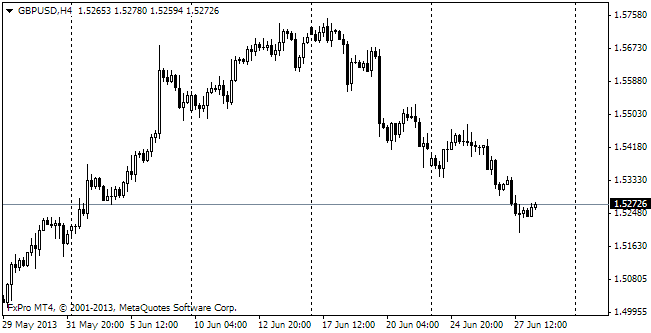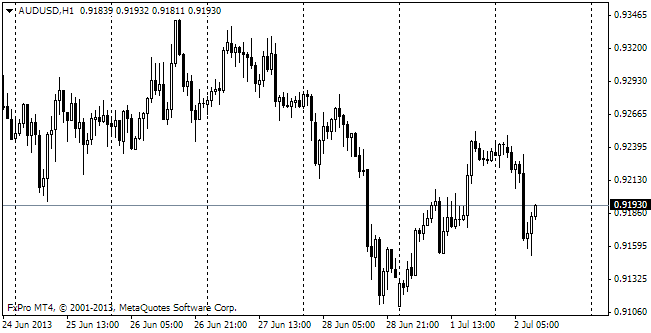EUR/usd
The market's unwillingness (or inability) to continue purchases of USD is so strong that it contradicts the current macroeconomic background and forces market participants to look for any chance to lock in the profits. Thus, yesterday's revised statistics on GDP in the third quarter proved to be surprisingly strong. The annualized growth made 3.9% against the preceding rate of 3.5% and the expected downward revision to 3.3%. The growth rate against 3Q of the previous year totaled 2.4%, which speaks about quite an impressive economic growth. Also, it should be noted that the Personal Consumption Index also rose by 2.2%. Earlier it was reported about its growth by 1.8%. The former rate fell short of the target level, established by the federal reserve, and the new one easily exceeds it. Thus, regulators don't need to worry about the health of personal consumption – the economy is growing slightly ahead of the trend rates, enabling to cut the production gap , formed because of the recession 2008/09. The same can be said about the real estate sector. According to FHFA in September prices there grew by 4.3% y/y and by 4.9% y/y according to the Case-Shiller and S&P index. Yes, it is slowdown in comparison with the summer months (4.8% and 5.65% respectively), but it's more than twice as much as inflation, which proves recovery of the demand in the most damaged sector. Besides, real estate is treated as an indicator of consumer sentiment, reflecting confidence in the financially-important deals for households. In the meantime, another sentiment index failed. The Conference Board Indicator instead of reaching the multiyear high of 95.9 fell from 94.1 down to 88.7. These data eventually knocked the dollar out. eurusd tried to grow to 1.2500, but the impulse was enough only to reach 1.2486, after which trading stabilized near 1.2470. It is a hint at the double bottom in the pair. Yet, bulls should be cautious. Everything can happen, like it was last week. One phrase from draghi or other members of the ECB can ruin the new uptrend.
GBP/USD
The British pound used the news about decline of the Consumer Sentiment Index to consolidate its movement within the channel of 1.5600-1.5730, which we have spoken about since the beginning of the week. However, today there is a risk that the pair may move from the upper bound of the channel to the lower bound because of the poor data on the revised GDP or because of USD's pullback. Among yesterday's statistics on Britain we should pay attention to the low rate of mortgage approvals in October. 37.1K is the lowest monthly rate since May 2013 and it is by about a fourth less than in January 2014. Apparently, Britain is losing momentum. The question is only if it is fast enough for the CB to put off the increase.

USD/JPY
The combination of slowdown in the stock market and profit-taking in the dollar prevents the pair from further ascent. The pair returned to the weekly open, now being at 117.80. Breaking below 117.40 can open the way to deeper correction.

AUD/USD
The Australian dollar couldn't withstand the pressure put on it and dropped down to the new lows since 2010. Yet, near0.8500 the pair consolidated and jumped up – in the direction opposite to that which should be after formation of a pennant. This illusion didn't last for long though. Now trading is again at 0.8530.
